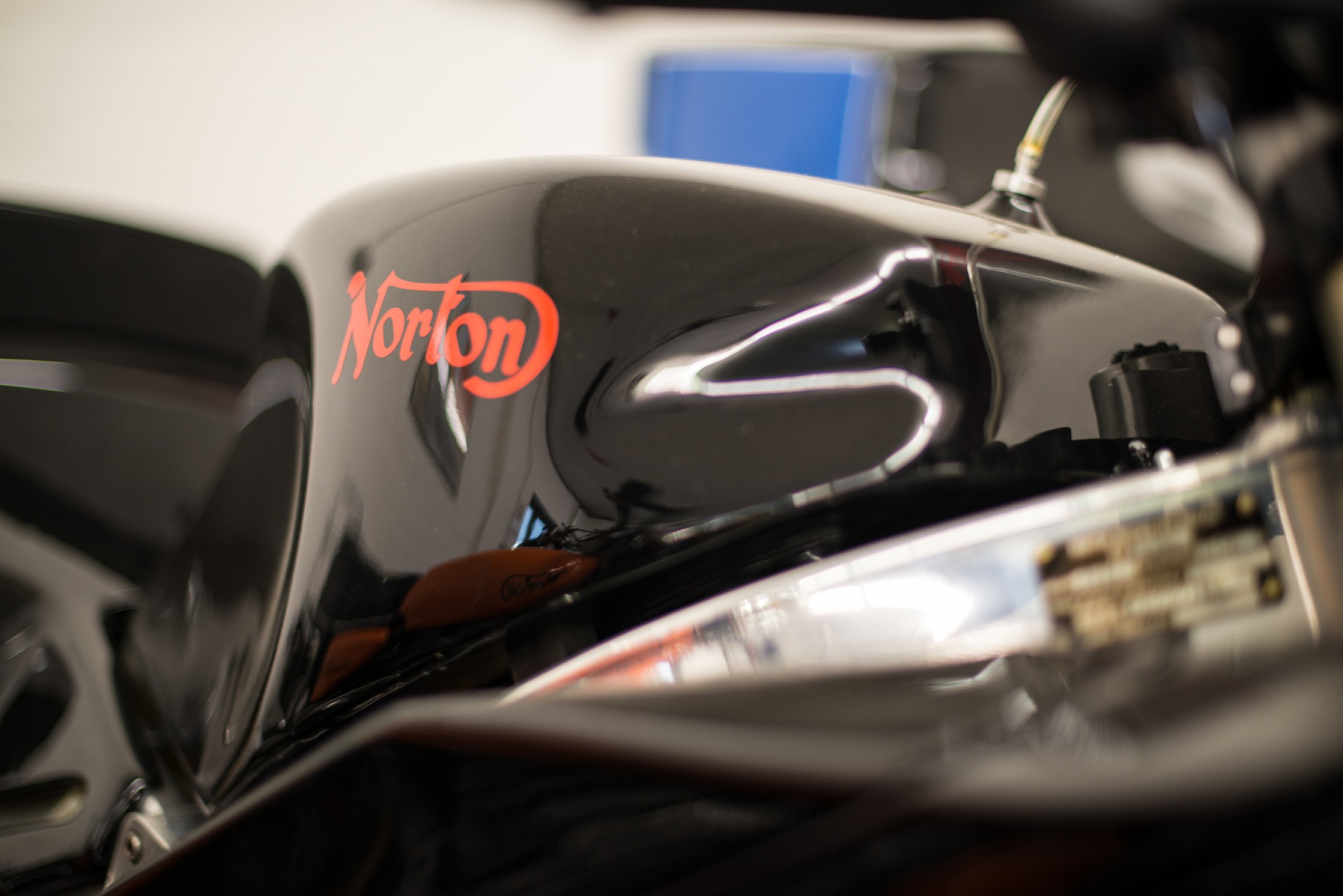- Joined
- Aug 19, 2021
- Messages
- 1,456
Getting to the point where I will soon be able to do a clearance mock-up of my rotating assembly. I'm shooting for .040" quench height between my piston crown and head deck.

Rather than stacking up various thicknesses of gaskets, I would like to have the quench pad in the head deepened the necessary amount to achieve the desired quench height. Shouldn't need much more than about .010" removed.
Hoping to use the composite fire ring head gasket to prevent leaks.

Rather than stacking up various thicknesses of gaskets, I would like to have the quench pad in the head deepened the necessary amount to achieve the desired quench height. Shouldn't need much more than about .010" removed.
Hoping to use the composite fire ring head gasket to prevent leaks.
Last edited:



